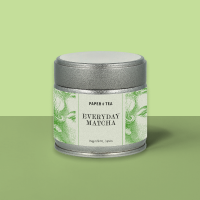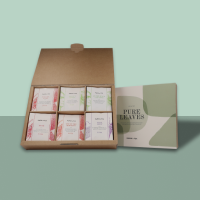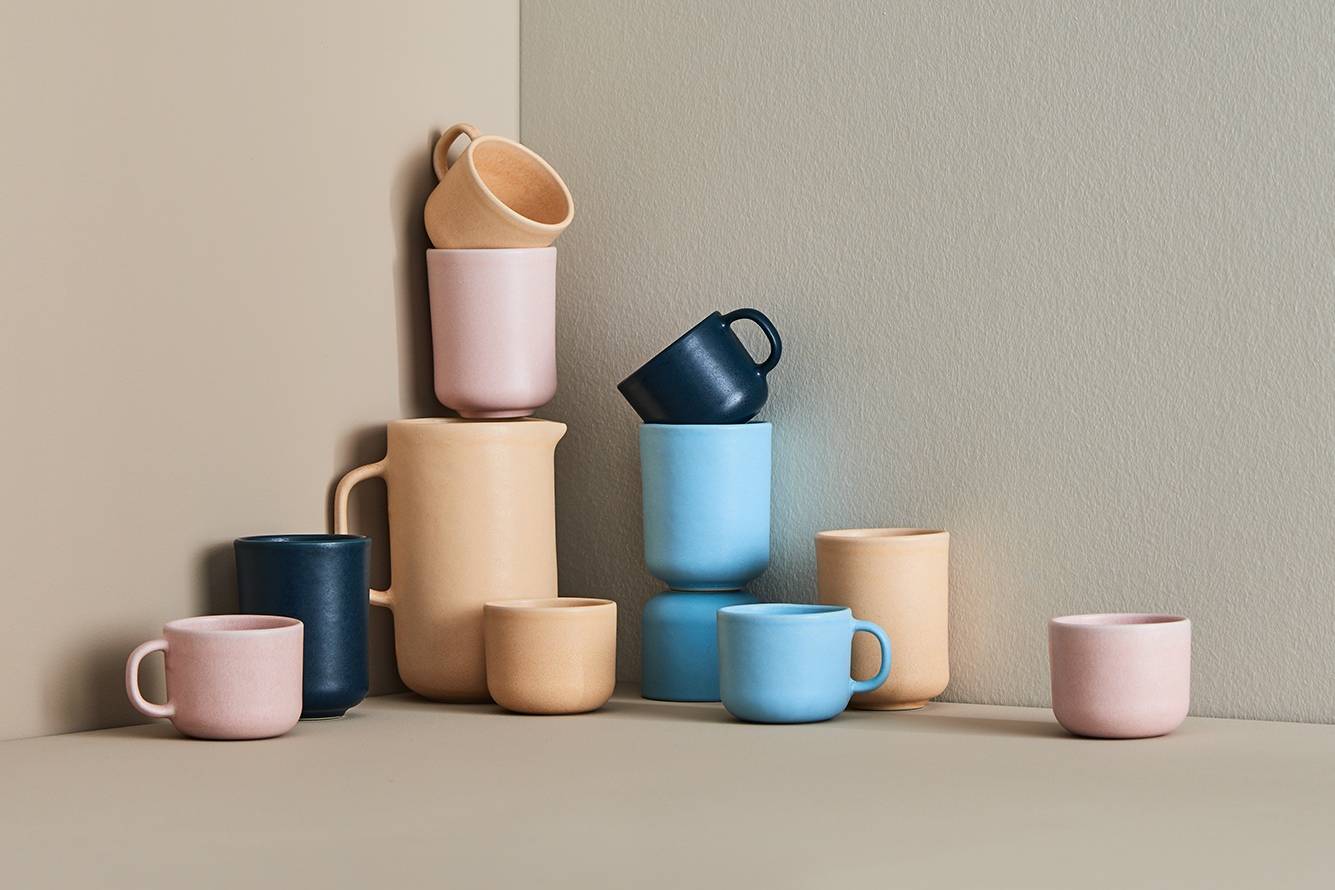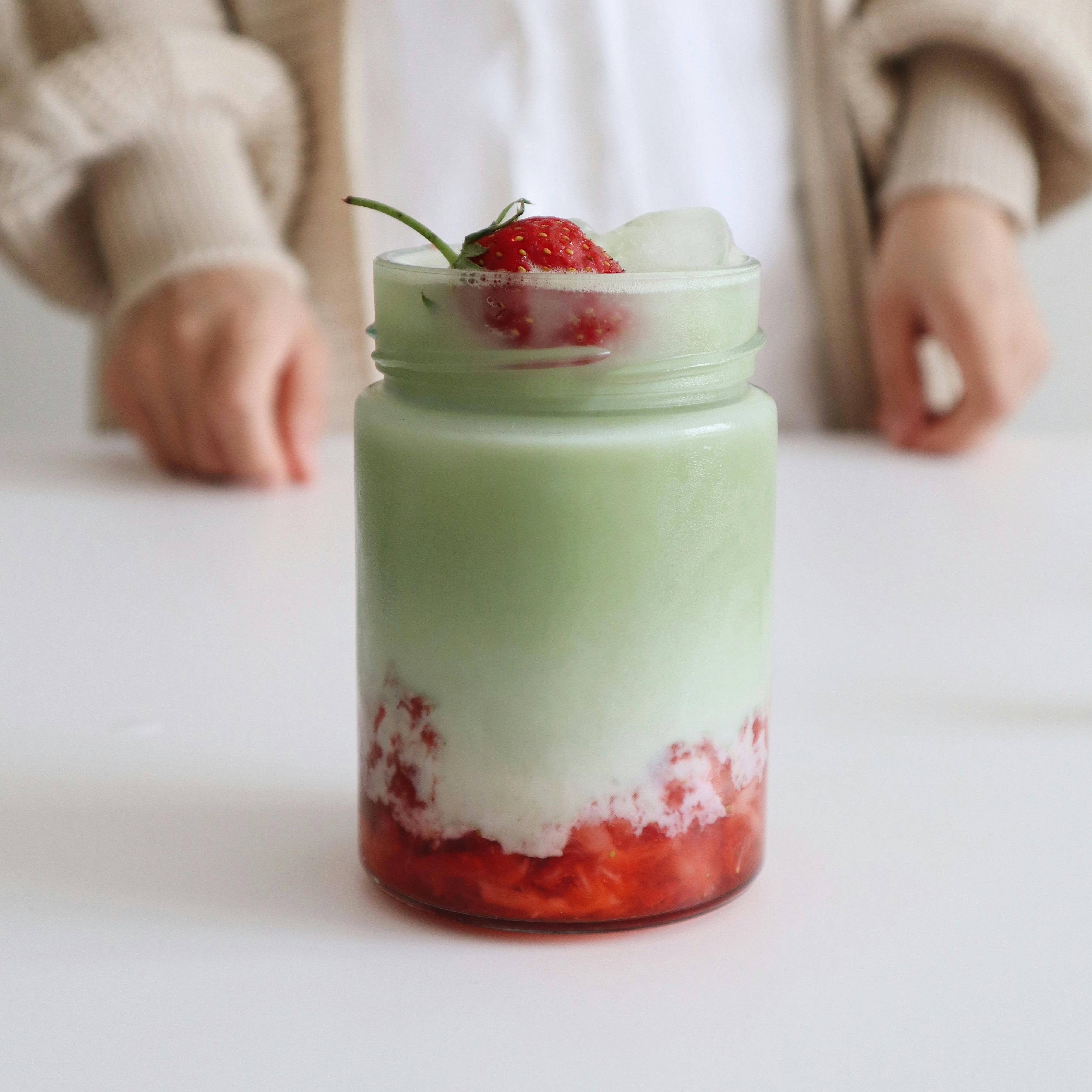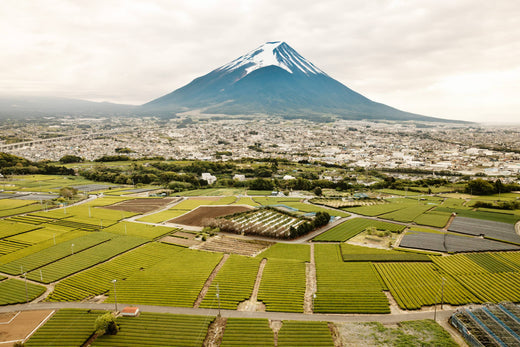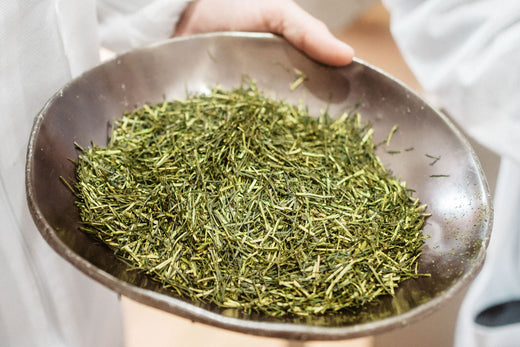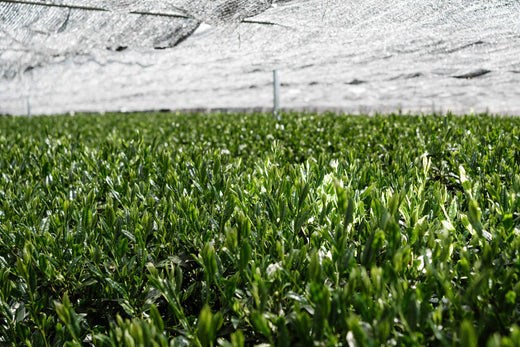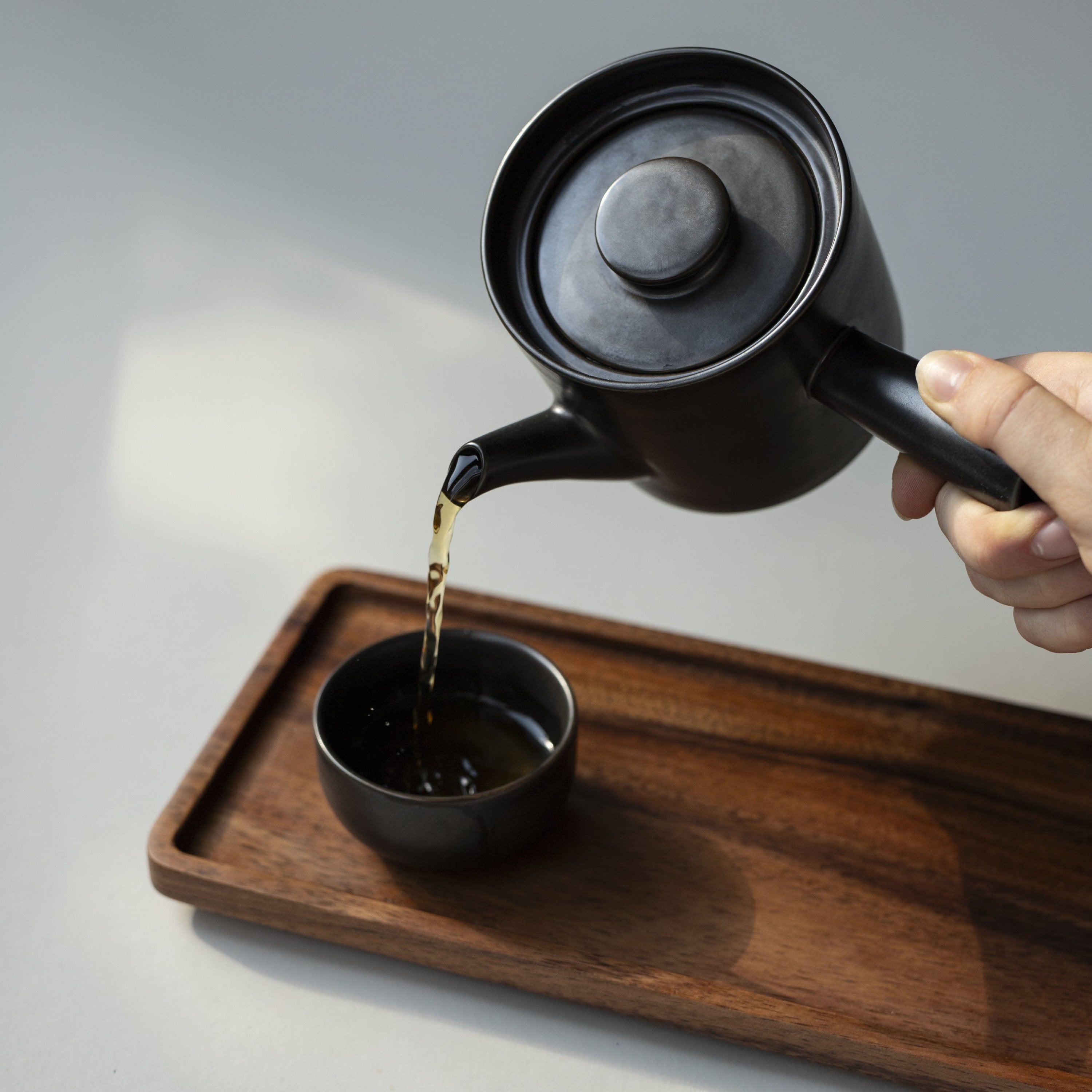Japanese tea culture offers fascinating insights into a centuries-old tradition that is celebrated worldwide for its unique production methods and tea ceremonies. From the rich taste of matcha powder and diverse green tea varieties to the meditative tea ceremonies, immerse yourself in a world that embodies harmony and mindfulness. Join us as we explore this multifaceted tea tradition.

-
The Uniqueness of Japanese Tea
- A Brief History
- Main Types of Japanese Tea
- Lesser-Known Japanese Teas
- The Art of Japanese Tea Cultivation
- From Harvest to Your Cup
- Cultural Significance – An Insight into the Japanese Tea Ceremony
- Regional Specialties & Famous Tea Regions in Japan
- How Regions Influence Flavor
- Why Japanese Tea Captivates the World
The Uniqueness of Japanese Tea
Modern tea cultivation and a deeply rooted tea philosophy that respects ancient traditions and diverse history are just two reasons why Japanese tea is highly valued worldwide. Japanese teas offer unique flavors, ranging from fresh and grassy-green to creamy and buttery. Japan produces exceptional tea and exciting tea trends that are popular beyond its borders.
A Brief History
The history of Japanese tea dates back to the 8th century when Buddhist monks introduced tea plants from China. Over the centuries, a unique tea culture developed, heavily influenced by these monks' philosophies. Today, tea consumption is not only part of religious rituals but also an integral part of Japanese life and daily practices.
Main Types of Japanese Tea
Japanese green teas are known for their fresh, grassy, and umami-rich flavor profiles. Depending on the type, they can also have sweetish or slightly bitter notes. Here are the two most popular types:
- Sencha: This is the epitome of Japanese green tea, a favorite for daily drinking. "Sencha" means "steamed tea," as the leaves are briefly steamed, rolled, and dried after harvesting. It has a fresh, juicy-green flavor profile that delights tea lovers worldwide. Try our MIGHTY GREEN to experience this special everyday tea.

- Matcha: Traditionally served in Japanese tea ceremonies, Matcha is made from Tencha leaves, shaded for several weeks before harvesting. This process preserves the leaves' rich green color and intense flavors. After harvest, they're ground into a fine powder. Matcha has gained global popularity as a stylish beverage.
Lesser-Known Japanese Teas
Discover lesser-known Japanese teas like Gyokuro, Hojicha, and Genmaicha. These teas stand out with unique cultivation techniques, roasting processes, and distinct flavors.
- Genmaicha: Also known as "Popcorn Tea", this blend mixes green tea with roasted rice, resulting in a unique combination of fresh green tea notes and light roasted, nutty flavors. Try our GRAIN OF TRUTH to experience it.

- Hojicha: Meaning "roasted green tea", Hojicha is made from gently roasted Bancha or Sencha leaves, offering a sweet, smoky and nutty flavor. In our DAILY TOAST, the distinctive roast aroma complements the freshness of green tea. Ground Hojicha Powder is a great alternative to Matcha.
- Gyokuro: A rare, high-quality shade-grown tea, Gyokuro's buds are harvested once a year during the first flush, Ichiban. The meticulous cultivation and harvesting methods create an exceptionally flavorful green tea known for its intense umami taste. Our KUMANO blends the stems and leaf veins of valuable Gyokuros and Senchas for a delicate tea.
The Art of Japanese Tea Cultivation
The art of Japanese tea cultivation includes traditional techniques and meticulous craftsmanship perfected over centuries. From shading the plants to delicate leaf processing, every step aims to produce the highest quality and best-tasting tea.
From Harvest to Your Cup
Japanese tea undergoes an intricate process that includes typical Japanese tea production methods. Especially characteristic is the week-long shading of certain green tea varieties like Gyokuro and Matcha, which results in intensely flavored, colorful teas. Originally, this technique protected delicate leaves from volcanic ash; the positive impact on flavor was a happy accident.
After harvesting, tea leaves are typically heat-treated to stop oxidation, primarily using hot steam in Japan. This method gives the teas their distinct sweet umami flavor, for which Japanese tea is world-renowned. For deeper insights into Japanese tea production, check out our report on HANAMI FLUSH's harvest and processing.

Cultural Significance – An Insight into the Japanese Tea Ceremony
Each tea tradition characterizes itself by its own unique tea ceremony stemming from its special history and culture. The Japanese tea ceremony, known as Chanoyu, meaning "hot water for tea," combines tea, meditation and aesthetics. This ritual practice symbolizes harmony, respect and tranquility, offering insights into Japan's spiritual and social values.
Elements of the Japanese Tea Ceremony
The Japanese tea ceremony uses specific utensils, such as the Chawan (tea bowl), Chaire (tea caddy for loose tea), Natsume (for Matcha powder), Mizusashi (water container) and Kama (tea kettle). Each item plays an essential role and contributes to the ceremony's aesthetics and spirituality.
The Ceremony's Process
Also called Sado or Chado ("the way of tea"), the Japanese tea ceremony follows a precise sequence of steps, including cleaning utensils, preparing and serving Matcha and quietly enjoying it in a calm and mindful atmosphere. It promotes shared contemplation and enhances mental skills, with a focus on appreciating the moment.

Modern Tea Trends in Japan
Despite its deep cultural significance, Japanese tea culture isn't limited to old traditions. Modern trends like Matcha lattes in different flavors and sweets like Hojicha ice cream reimagine tea anew. Tea desserts and food pairings in fine dining are gaining popularity. Additionally, organic tea production is rising as ecological concerns and environmental awareness grow.
Regional Specialties & Famous Tea Regions in Japan
Japan is the world's second-largest green tea producer after China, with Shizuoka Prefecture leading national production with over 40%. Uji in Kyoto Prefecture is the oldest and most renowned tea-growing area, known as the birthplace of Japanese tea. Kagoshima Prefecture on Kyūshū Island is famous for high-quality Matcha.
How Regions Influence Flavor
The unique climate and soil characteristics of different tea-growing regions define Japanese teas' distinctive character. These differences impart unique flavors and properties to the teas. In Kagoshima, the mineral-rich volcanic soil benefits delicate Tencha leaves, from which our flavorful Everyday Matcha is made.

Why Japanese Tea Captivates the World
Connoisseurs highly value Japanese tea for its unparalleled quality, stemming from traditional craftsmanship and unique cultivation methods. Its diverse flavor profiles, from sweet and umami to nutty, fresh, and smoky, offer unique tea experiences. Discover the world of Japanese teas at a tea tasting in one of our stores, or try a traditional tea ceremony at home.
